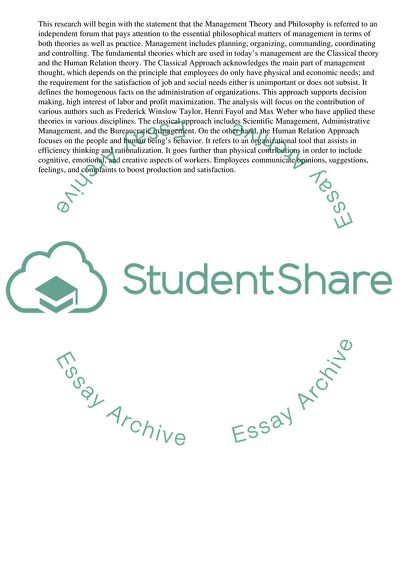Cite this document
(“Management Theories and Philosophies Assignment”, n.d.)
Retrieved from https://studentshare.org/management/1662133-management-theories-and-philosophies
Retrieved from https://studentshare.org/management/1662133-management-theories-and-philosophies
(Management Theories and Philosophies Assignment)
https://studentshare.org/management/1662133-management-theories-and-philosophies.
https://studentshare.org/management/1662133-management-theories-and-philosophies.
“Management Theories and Philosophies Assignment”, n.d. https://studentshare.org/management/1662133-management-theories-and-philosophies.


